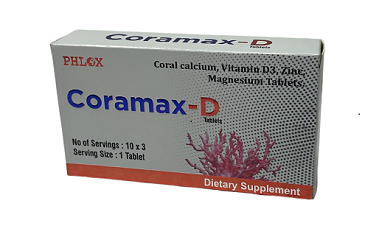Description
MB-Tina Tablet is Biotin, Para Amino Benzoic Acid, Calcium Pantothenate, Niacinamide, L-arginie, L-Cysteine, DL Methionine, Zinc Sulphate, Lysine, Inositol & Iron Tablets. Biotin- Symptoms of biotin deficiency include hair loss, dry skin, a scaly rash around the eyes or mouth, dry eyes, fatigue, and depression. Many people take biotin supplements in hopes of treating hair loss, cradle cap in infants, and brittle nails. Para–aminobenzoic acid (PABA) is a chemical found in the folic acid vitamin and also in several foods including grains, eggs, milk, and meat. PABA is taken by mouth for skin conditions including vitiligo, pemphigus, dermatomyositis, morphea, lymphoblastoma cutis, Peyronie’s disease, and scleroderma. Calcium Pantothenate is use for gray hair, Alopecia, Catarrhal respiratory disorders, Osteoarthritis, Streptomycin neurotoxicity, Diabetic neuropathy, Psychiatric states, Congenital hypothyroidism and other conditions. Calcium Pantothenate Tablet may also be used for purposes not listed in this medication guide. Niacinamide (nicotinamide) is a form of vitamin B3 (niacin) and is used to prevent and treat niacin deficiency (pellagra). Niacin deficiency can cause diarrhea, confusion (dementia), tongue redness/swelling, and peeling red skin. L-arginine is an amino acid that is made in the body. As a supplement, it seems to help with several conditions, from migraines to inflammation. Because it relaxes blood vessels, arginine might have cardiovascular benefits for some people. L–cysteine. Amino acids are the building blocks of proteins. … N–acetyl cysteine is sometimes inhaled (breathed into the lungs) or delivered through a tube in the throat to treat certain lung disorders such as pneumonia, bronchitis, emphysema, cystic fibrosis, and others. Methionine is an amino acid. Amino acids are the building blocks that our bodies use to make proteins. Methionine is found in meat, fish, and dairy products, and it plays an important role in many cell functions. DL Methionine is used to prevent liver damagein acetaminophen (Tylenol) poisoning. Zinc is a naturally occurring mineral. Zinc is important for growth and for the development and health of body tissues. Zinc sulfate is used to treat and to preventzinc deficiency. Zinc sulfate may also be used for purposes not listed in this medication guide. Lysine is an amino acid (building block of protein). People use it to make medicine. Lysine is used for preventing and treating cold sores (caused by the virus called herpes simplex labialis). Inositol might balance certain chemicals in the body to possibly help with mental conditions such as panic disorder, depression, and obsessive-compulsive disorder. It might also help insulin work better. This might help with conditions such as polycystic ovary syndrome or diabetes during pregnancy. Iron is a mineral. Most of the iron in the body is found in the hemoglobin of red blood cells and in the myoglobin of muscle cells. Iron is needed for transporting oxygen and carbon dioxide. It also has other important roles in the body. Iron can be found in foods like meat, fish, tofu, beans, spinach, cereal and other foods.
Iron is most commonly used for preventing and treating anemia caused by low iron levels. It is also used for anemia caused by menstrual cycle related bleeding, pregnancy, kidney problems or heart failure. Iron helps red blood cells carry oxygen from the lungs to cells all over the body. Iron also plays a role in many important functions in the body.














